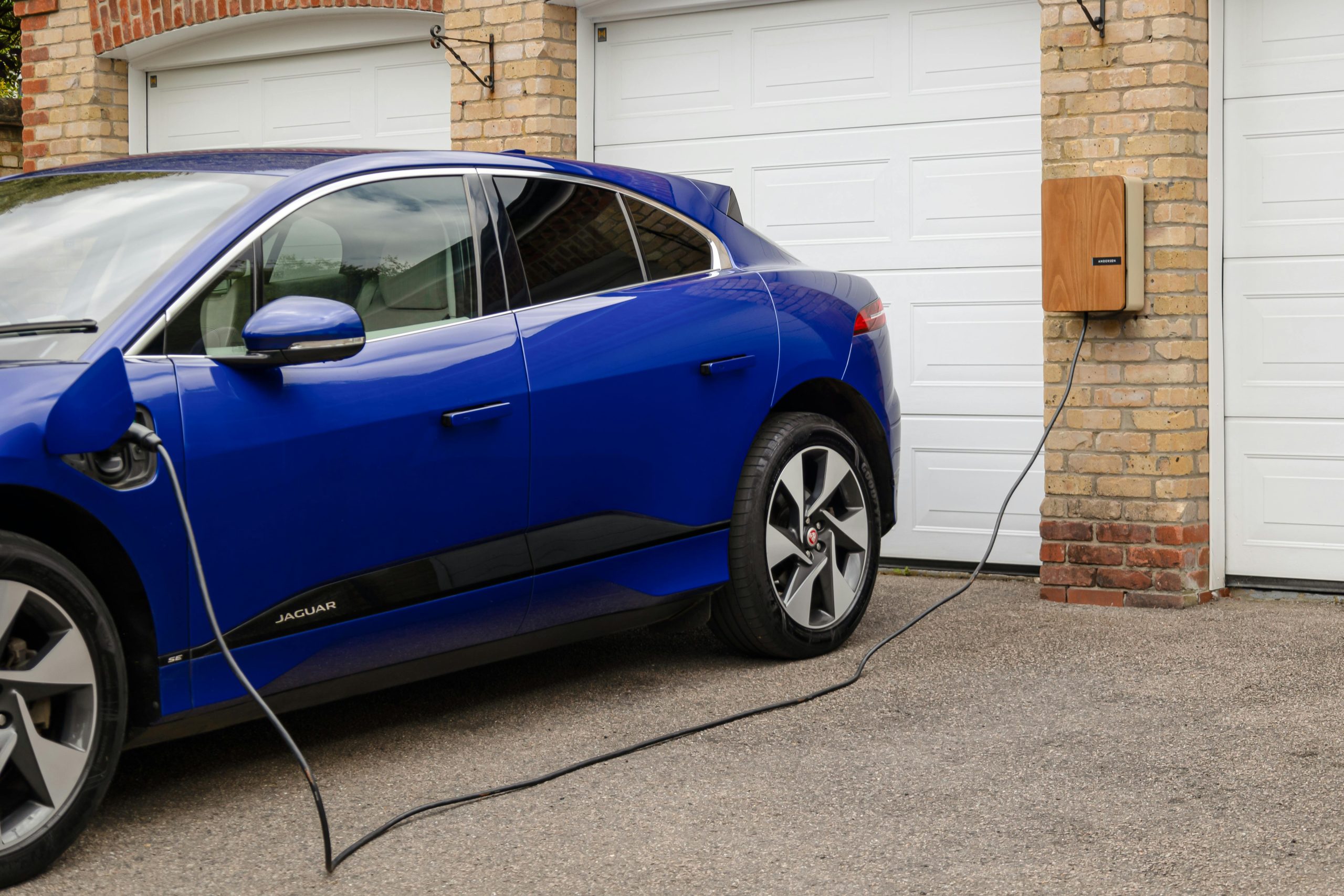Installing Electric Car Chargers For First-Time EV Owners
by Mark Hunt

The transition to electric vehicles (EVs) is gaining traction as consumers crave sustainability in transportation. So if you are someone who is new to this journey, then you would need to know the basics of what needs to be done in terms of electric car charger installation. For those new to driving electric vehicles (EVs), this guide will give you an overview of the process and assist you in making an informed decision.
Understanding Charging Levels:
Electric car chargers differ from one another based on their level. Level 1 chargers go into a standard home outlet and usually come with the vehicle. They help you a lot with convenience, but also with slow charging. Level 2 chargers are a common home option, as they require a special outlet and provide quicker charging times. Finally, level 3 chargers, or DC fast chargers, are unlikely to be used at home due to cost and power requirements, but are present at public charging stations.
Choosing the Right Charger:
There are a number of factors that go into making this choice of a charger. Take in to account your everyday driving and charging requirements. For regular long travel, a Level 2 charger may be more appropriate. Examining charging capabilities as some models have different levels of power they can charge and typically 1000 watt is about max you’ll need. Analysing such factors will help determine the charger that suits certain needs.
Home Assessment and Electrical Capacity:
Home assessment is required before installing a charger. It involves testing the load of the electrical system to see if it can handle more. Seek an electrician — Essential to make sure the wiring of your house is satisfactory. They can also recommend any required upgrades. Keeping safety at the forefront, we should confirm that the electrical panel can support the charger.
Installation Process:
Now that the right charger has been selected and the home evaluated, it is ready to be installed. You should also consider getting an electrician to make sure everything is in compliance with local safety standards. An electrician will be responsible for both mounting the charger and connecting the charger to the electrical panel and testing the system. This includes professional installation, which ensures high efficiency and safety.
Cost Considerations:
Electric car charger installation is not equally priced. The cost will depend on the type of charger, any necessary electrical upgrades, and labour. Level 2 chargers cost more due to the extra hardware and labour required to install them and are initially more expensive than Level 1 chargers, which have a relatively lower cost. Still, the price can be paid off against savings in fuel and time.
Permits and Incentives:
They might need permits to install an electric car charger. Confirming with the local authorities guarantees that you are following the regulations. There are also several incentives and rebates that owners of EVs can benefit from. This can, however, drastically counteract the installation costs. You may get financial benefits if you research available programs.
Environmental Benefits:
Transitioning to electric vehicles helps the Earth. This impact can be increased when a home charger is installed, since it lowers the dependency on public charging stations. It enables charging during off-peak periods, employinga cleaner supply. This leads to reduced carbon emissions and a boost for green programs.
Building a Charging Routine:
Having routine charging habits makes owning an EV easier. To reduce electricity expenses, you can schedule the charges to be performed overnight or during off-peak hours. Another advantage of regular service is keeping the vehicle ready. With this practice, it is made more comfortable, and more savings are made.
Future-Proofing Your Setup:
With technology progressing, it is only to prepare yourself for the next steps. Opt for a charger that’s versatile enough to cater for later vehicles. Many chargers provide firmware updates and intelligent capabilities similar to remote monitoring and management. Such upgrades guarantee the charging system stays up to date and functional.
Conclusion
INSTALLING AN electric charging unit may seem daunting at first, but the basics are fairly simple. Each step — whether it is in the selection of the right charger, cost and environment — connects in harmony for a successful integration into everyday life. New EV owners can enjoy the benefits of sustainable transportation without worry by taking some simple steps.
See also: what cars are made in America
The transition to electric vehicles (EVs) is gaining traction as consumers crave sustainability in transportation. So if you are someone who is new to this journey, then you would need to know the basics of what needs to be done in terms of electric car charger installation. For those new to driving electric vehicles (EVs),…